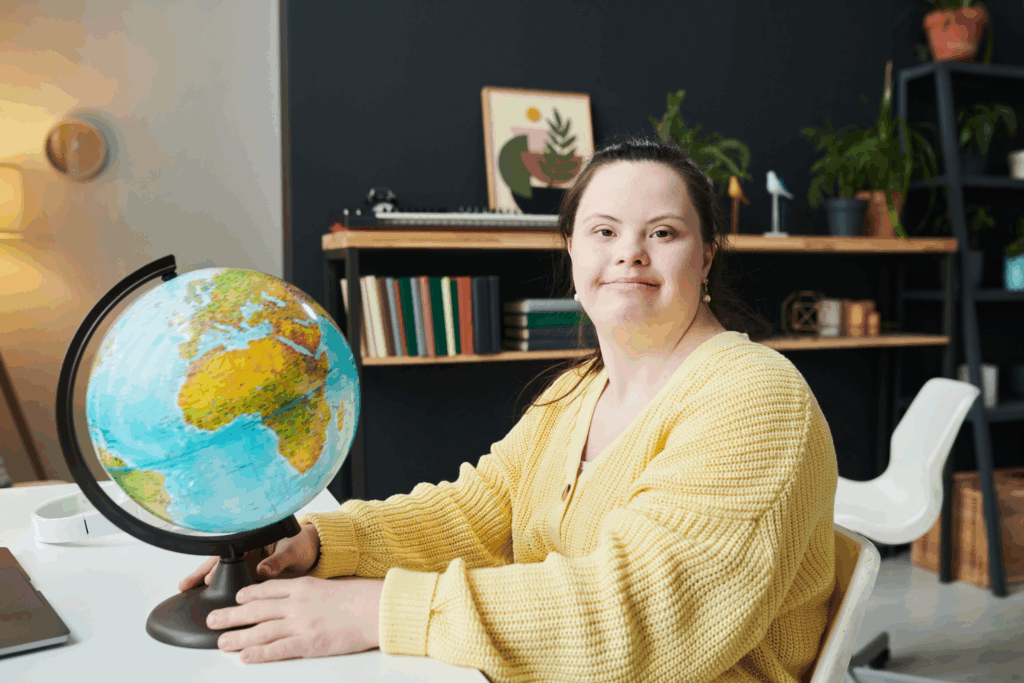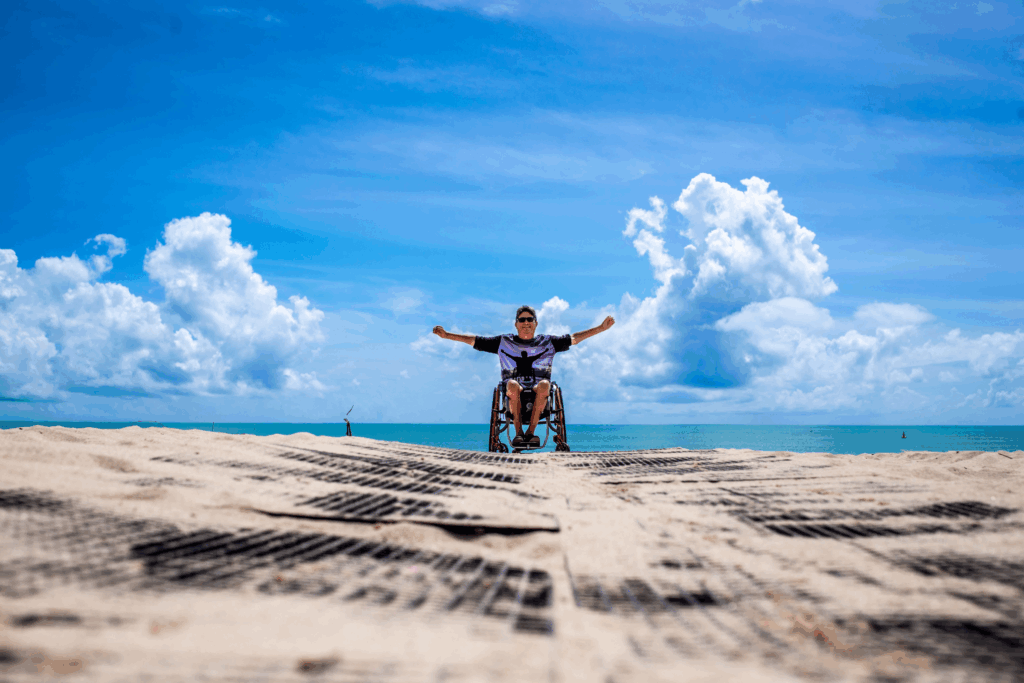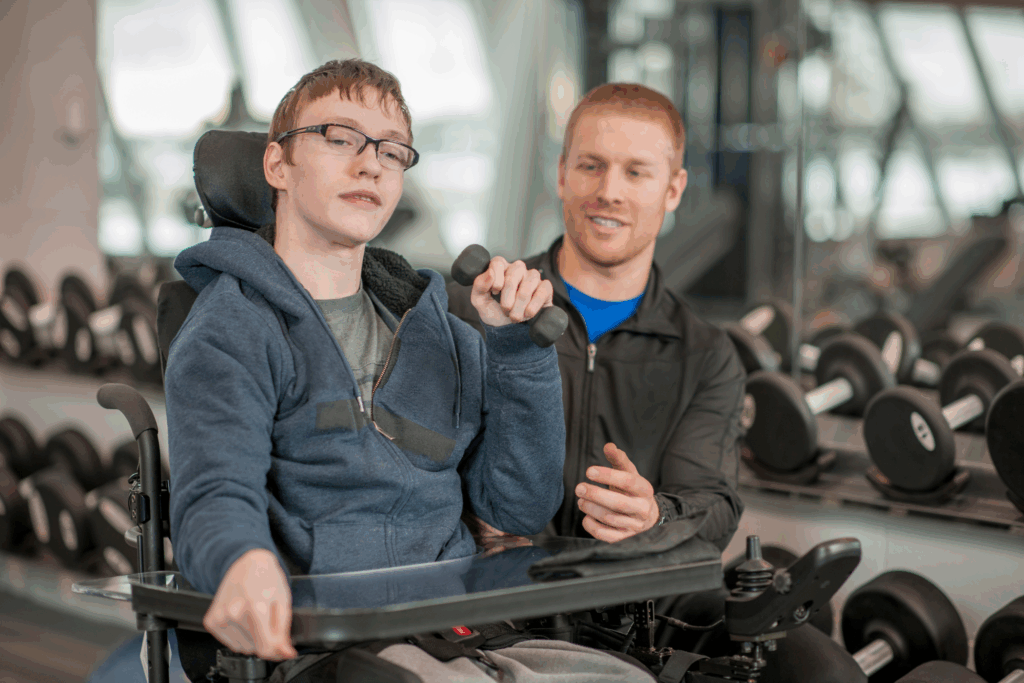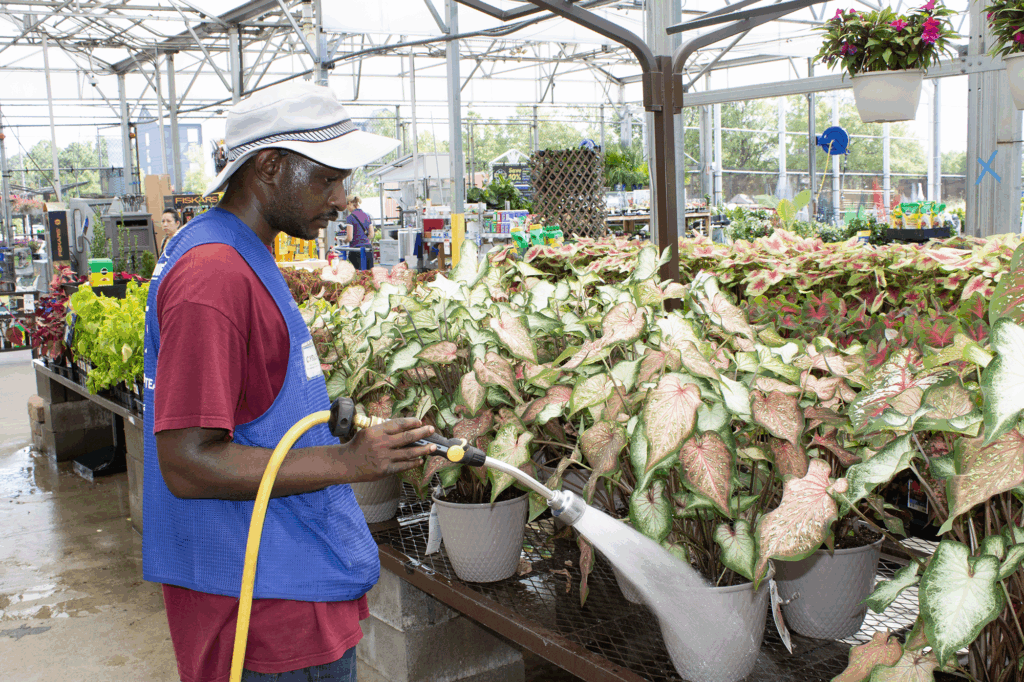By Yasmina Saba
Travel should be an enjoyable and enriching experience for everyone. However, for travelers with disabilities, it often presents unique challenges. As someone who travels frequently and lives with a disability, I’ve compiled this guide to help make your journey smoother, safer, and more empowering.
Before You Travel: Plan with Confidence
Before heading out, preparation can make all the difference. From packing the right tools to setting expectations, these steps can help reduce stress and improve accessibility.

Start by creating a travel checklist or itinerary to keep yourself organized. Watching travel vlogs or review videos of your transportation method can give you a clear picture of what to expect. If anxiety is a concern, consult your doctor for advice, support, or medication to help you stay regulated throughout the trip.
It’s also a good idea to request accessibility accommodations well in advance. Airlines, train operators, and bus companies often have options like early boarding, mobility aid storage, or priority seating. Programs like TSA PreCheck and Global Entry can help you avoid long lines and make your airport experience smoother.
Finally, consider putting together a sensory kit to help manage overstimulation and provide comfort. Include items like:
- Noise-canceling headphones or earplugs
- Fidget toys
- Sunglasses or sleep masks
- Chewing gum, sour candy, or familiar snacks
- A weighted lap blanket (verify TSA regulations beforehand)
At the Airport, Train, or Bus Station
Navigating busy transportation hubs can be overwhelming, but knowing what to expect and where to get help can make the experience easier.

Most stations and airports offer accessibility services. Be sure to ask for assistance at the check-in counter or book in advance. If you’re flying, TSA Cares offers personalized help through security for travelers with disabilities. It’s best to request this service at least 72 hours before your flight.
Look for designated quiet spaces or sensory rooms, which are becoming more common in larger airports. These areas can help you regroup and decompress in a calmer environment.
Give yourself extra time at the station or airport. Early arrival can ease the pressure of long security lines, allow you to rest, and provide flexibility if unexpected delays occur. Use tools like FlightAware or Flightradar24 to keep track of your gate and flight status with less stress.
On the Plane, Train, or Bus
Once you’ve boarded, creating a comfortable travel experience is all about communication and thoughtful preparation.
Don’t hesitate to let the crew know about your needs. If verbal communication is difficult, consider using a written note or medical information card. Translation apps like Google Translate can also help bridge language gaps with crew members in international settings.
Choosing the right seat matters more than most people realize. Consider your mobility, restroom access, and personal comfort. Some travelers may prefer a window seat for privacy and reduced interaction, while others might opt for the aisle to access the restroom or stretch more easily. Make the choice that best supports your needs for the duration of the trip.
Online Resources for Accessible Travel

Planning a trip is easier when you have trusted, disability-friendly tools and communities at your fingertips. These websites and services are a great starting point for accessible travel:
- WheelchairTravel.org — Tips and reviews for wheelchair-friendly destinations
- Skyscanner.net — What Travelers with Disabilities Need to Know About Their Rights (a blog geared for UK travelers, but it includes some great tips regardless!)
- Society for Accessible Travel and Hospitality (SATH) — Advocacy and resources
- Hidden Disabilities Sunflower Program — Discreet lanyard program for non-visible disabilities
- Autistic Globetrotting — Travel advice for neurodivergent travelers
- Ava — Live captions for conversations
- RogerVoice — Phone call transcription for deaf and hearing-impaired users
- Curb Free With Cory Lee — a terrific travel blog that includes travel tips and accessible information about all kinds of destinations
Accessible travel is not just a luxury — it’s your right. With the right tools and a bit of planning, you can travel more confidently and comfortably. Whether you’re flying solo or with support, remember: the world is yours to explore.
About the Author

Yasmina Saba is a dedicated marketing volunteer with UCP, bringing her passion for storytelling and community engagement to the team. With a background in communications, marketing and nonprofit outreach, she has experience in content creation, social media strategy, and persuasive communication. As someone with cerebral palsy, she is deeply committed to accessibility, advocacy, and independence. Through her contributions, Yasmina hopes to educate the UCP community about what it’s like living with a disability, foster connections with others facing similar challenges, and share valuable insights that empower and uplift. Beyond her volunteer work, Yasmina enjoys traveling, diamond painting, and movies — creative outlets that inspire her.




